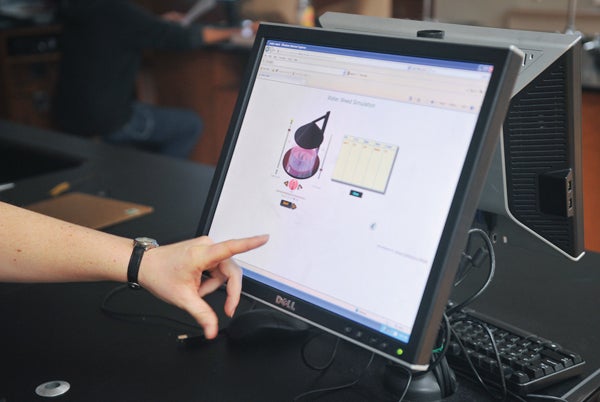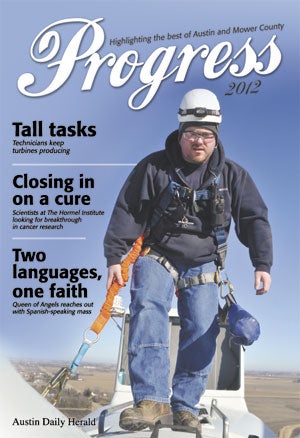Technology in the classroom
Published 11:05 am Thursday, March 15, 2012

“They can see the process happening, like mitosis, that they couldn’t have seen or really understood by reading it in a book,” said Kate Schoonover, Austin High School biology teacher
This story originally appeared in Progress 2012. Get a copy at the Austin Daily Herald.
School buildings may not look drastically different than they did 20 years ago, but the inner workings of classes have definitely developed to match the times.
The Internet has opened up a host of possibilities in science classrooms, but it can’t always match the real thing.

This story appears in Progress 2012, which published Sunday, Feb. 26. Get a copy at the Austin Daily Herald.
Teachers are using online examples to offer insight for students that they wouldn’t have gotten otherwise.
“They can see a process happening, like mitosis, that they couldn’t have seen or really understood by reading it in a book,” said Kate Schoonover, an Austin High School biology teacher.
Online tools range from study guides to virtual dissections, which Schoonover said she will have students do from time to time if they’re not ready for the real thing.
“We will occasionally do virtual labs if a student gets really queasy with doing dissections,” Schoonover said.
A host of other online possibilities are available. One lab shows how photosynthesis and cell restoration works and how different light levels and CO2 levels affect the process.
In college, labs are a key, as is research, which is often done online.
“At the college stage, you spend a lot more time in the lab and your opened up to other research databases,” she said.
In fact, technology isn’t a huge part of a college lab. It’s more important when it comes to research.
Still, online labs aren’t perfect, and Schoonover said you can simulate a lot of things you’ll see in labs.
“I definitely think that you lose a lot if you’re doing a virtual dissection or a virtual lab,” Schoonover said.
In an online lab, students don’t get the feel of picking up a scalpel and cutting tissue. Plus, online labs also give students multiple choices — not something a typical lab would present.
“In real life, you don’t get a multiple choice option,” Schoonover said. “They’re giving more opportunities to think critically if it’s a real lab.”
The online possibilities are more than just labs. Students can prepare for Minnesota Comprehensive Assessments tests through online reviews, and can see examples of processes like photosynthesis.
“The benefit I see is preparing students for the MCA,” she said.
Videos and SMART boards are used, too.
Students can play review games like “Jeopardy!” on SMART boards.
Class schedules, grades and many resources for students are now available online through teacher’s resources, as well.
“The entire gradebook is online, so that’s a great online resource,” Schoonover said.





